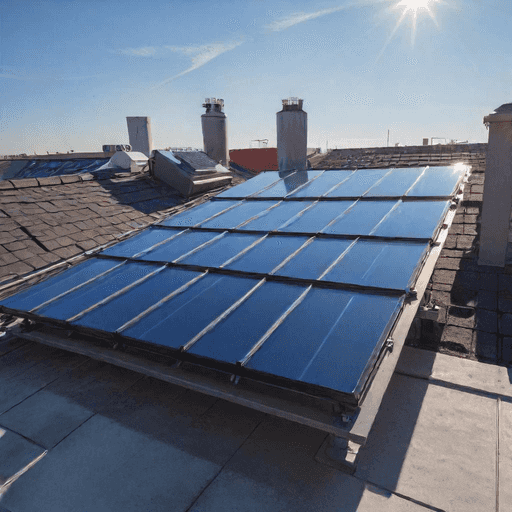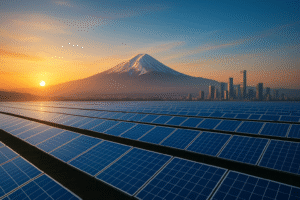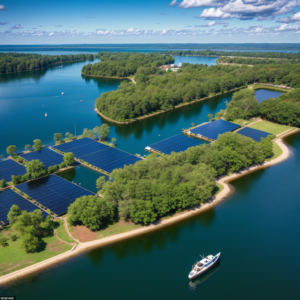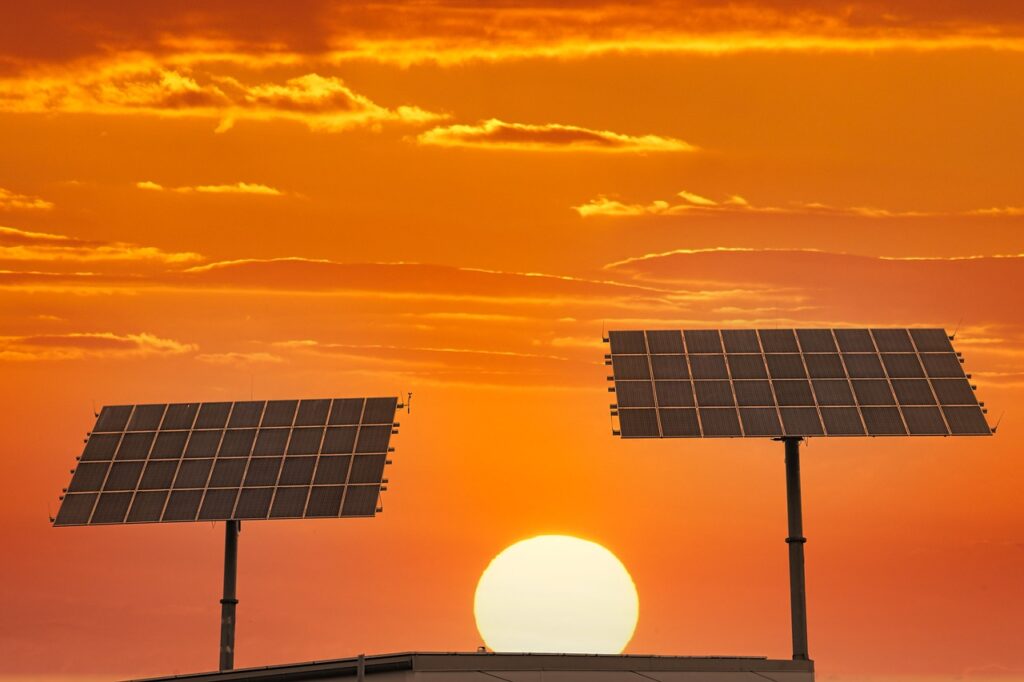Solar Power Facts
Solar power facts demonstrate that this huge, never-ending source of energy can be harnessed for the benefit of all humanity in a variety of ways, serving as a primary renewable energy source.
The power of the Sun is well-known to all.
It is an essentially limitless reservoir of energy that can provide a continuous supply if we learn to utilize it effectively.
Despite the fact that the Sun radiates 15 percent more energy onto the Earth than mankind requires, we currently use only a small fraction of it.
The fact that every hour the Sun shines on Earth provides enough energy to meet the global energy demands for an entire year clearly illustrates the immense potential of this renewable energy source.
Utilization of Solar Energy
Since ancient times, people have understood the immense benefits and importance of the Sun and its energy.
It’s no coincidence that, in many ancient cultures, the Sun was often revered as the supreme deity.
Its energy has been harnessed in various ways throughout history, whether it’s for constructing homes to optimize light and heat, processing food through drying, or even in warfare.
Take Alexander the Great, for example.
He strategically fought his battles at noon with the Sun behind his army.
Another interesting historical use is the heat ray from Archimedes, which used mirrors to concentrate sunlight and set enemy ships on fire during the siege of Syracuse.
Today, our primary use of solar energy is for generating electricity.
We achieve this in two main ways: indirectly, by heating a liquid, and directly, through photovoltaic cells.
The fundamental principles of direct solar energy utilization include:
Solar Collectors:
These are used for preparing hot water and heating spaces.
Photovoltaic Cells:
These directly convert solar energy into electricity.
Concentrated Solar Power:
This approach focuses solar energy for use in large solar power plants.
Solar Collectors for Hot Water
One of the simplest applications of solar energy is using solar collectors to heat water.
While these systems don’t generate electricity, they are highly efficient at heating water as it passes through the collector.

The panels operate on a straightforward principle.
They consist of pipes or a long tube inside a housing.
To prevent heat loss, a vacuum is created within the housing, effectively cutting off heat transfer.
This housing is also well-insulated to retain as much heat as possible.
The solar collector is topped with glass to allow sunlight to pass through.
Tubes inside are painted black, enhancing their ability to absorb solar energy.
The base of the casing is either painted white or made from a reflective material to efficiently direct more light onto the pipes.
Interestingly, solar collectors harness the Sun’s infrared rays to heat water rather than visible light.
This makes them effective even during winter or on cloudy days, as infrared light can penetrate atmospheric obstacles more easily.
What Are Photovoltaic Cells?
Photovoltaic (PV) cells are semiconductor devices that convert sunlight directly into electricity.
These cells work similarly to the technology found in computer chips.
When sunlight strikes the cells, it triggers a reaction that causes electrons to be released from atoms.
As these electrons travel through the cell, they generate electricity.
The production of solar cells involves a process called thermal evaporation.
Solar energy generation can also be scaled using concentrated solar power, employing one of four main systems: parabolic, Fresnel’s reflectors, reflective plate systems, and solar towers.
The operating principle is the same across these systems: sunlight is directed through mirrors onto a focal point containing a working fluid, typically molten salt or seawater.
This focused energy rapidly heats the fluid to high temperatures, which is then used to produce steam.
This steam powers a turbine to generate electricity, much like traditional thermal plants.
While concentrated solar power plants require large spaces—making deserts ideal locations due to stronger solar radiation—the high costs of mirrors and focusing systems remain a challenge.
Some Fascinating Facts about Solar Energy
– The Sun has been producing energy for more than five billion years and is expected to continue for another five billion.
– This energy is a fraction of what reaches the Earth and is what we harness as solar energy.
– Solar energy is one of the cleanest energy sources, having minimal negative impacts on the environment.
– Energy from the Sun drives almost all other renewable energy sources.
Wind, wave, biomass, and hydro power are all secondary sources powered by solar energy.
– Solar energy isn’t available at night or on cloudy days, necessitating energy storage systems to store excess energy for later use.
– Solar energy can be stored in various forms, the most popular being thermal energy storage and batteries.
– Satellites and spacecraft rely on solar energy as their primary energy source after launch.
– Leonardo Da Vinci (1452-1519) envisioned using solar energy industrially with concave mirrors to direct rays onto solar water heaters.
This principle is known today as concentrated solar power.
During Da Vinci’s time, deforestation was rampant as wood was the primary fuel source
Advantages of Solar Energy:
Environmentally Friendly:
Solar energy is clean, renewable, and produces no pollution or harmful emissions during generation.
Cost-Efficient:
After the initial investment, the energy derived from solar systems is essentially free, saving money in the long run.
Low Maintenance:
Solar energy systems have a long lifespan and require minimal maintenance and extra costs.
Disadvantages of Solar Energy:
High Installation Costs:
The initial setup can be expensive.
Geographic and Climatic Limitations:
The efficiency of solar power varies based on geographic location and climate.
No Energy Production at Night:
Solar systems require battery backups to store energy for nighttime use.










